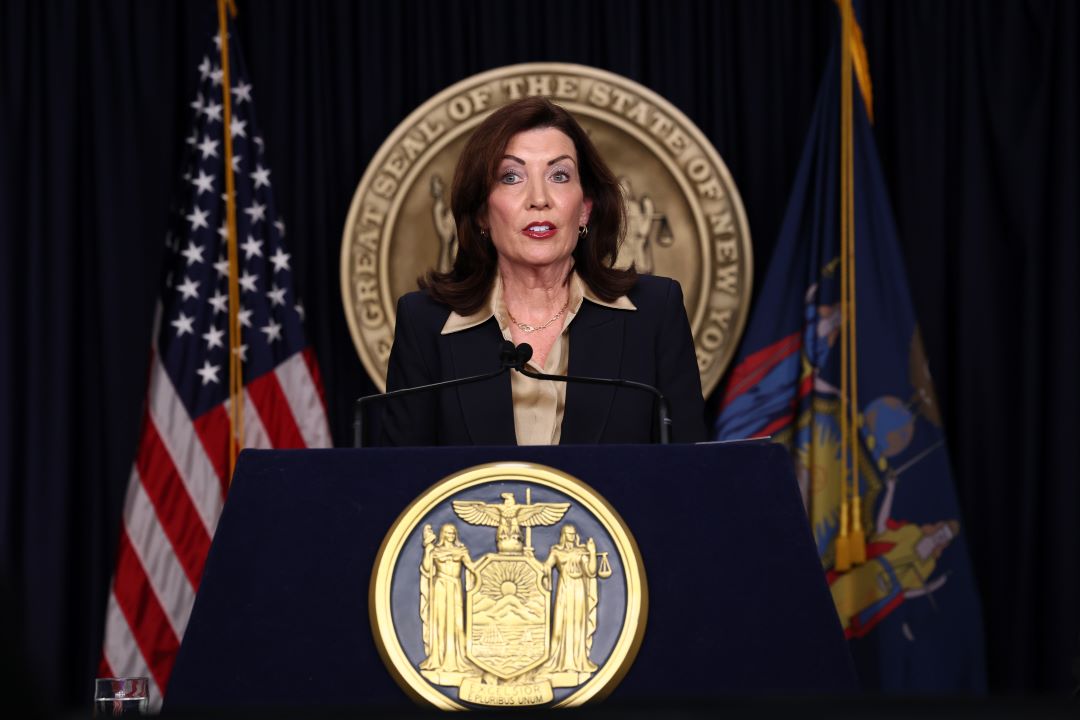Focus on Better Roads, Not Building Washington, D.C.'s Purple Line
Washington’s Metro system can’t handle what it already has
President Trump can fulfill his promise of $1 trillion in new infrastructure over the next decade both with new funding and by removing obstacles to private-sector construction, enabling private funding to flow into new projects. He can also reorient funding into more productive projects.
A case in point is the ill-advised $2.5 billion Purple Line, a 16-mile, 21-station light-rail project that would run along an east-west corridor in the Maryland suburbs of Washington, D.C. The contracting process for the Purple Line was halted in August 2016 by Judge Richard Leon of the U.S. District Court. He called for a supplemental environmental impact study and another estimate of ridership figures, to see whether the cost of the project justifies the benefits.
Nevertheless, although the studies requested by the judge haven't been completed, Maryland Attorney General Brian Frosh has asked the courts to decide by April 28 whether the Purple Line should be allowed to proceed.
This week the Washington Post published an editorial in favor of the Purple Line, writing that the project “makes sense as an economic catalyst for the region, which is why it has attracted significant private funding.”
However, the new light-rail system would be funded 80% by the federal government, 14% by state and local government, and 6% from the private sector. This isn’t significant private funding.
The reason for the lack of private funding is that the project makes no sense. The lifetime cost of the Purple Line is estimated at $5.6 billion. The project would never cover all its costs, and private investors would get no return. Maryland taxpayers would be liable for the cost overruns that always accompany large infrastructure projects.
With some exceptions, if state and local governments or private lenders are not prepared to pay for infrastructure projects, they should not be built. If there are other associated benefits, such as additional housing or shopping malls, private lenders would be willing to lend to pay for them.
The most recent ridership projections put daily ridership at 58,800 in the opening year of 2021, rising to 74,000 by 2040. Cato Institute scholar Randal O’Toole thinks these numbers are inflated: The average U.S. light-rail line carries an average of 23,000 riders a day, and the heavily traveled 34-mile, 24-station Hudson-Bergen line in a densely populated part of New Jersey carried an average of 43,000 riders a day, he wrote in 2015. (Hudson-Bergen’s average daily ridership has since increased to just shy of 52,000 in the fiscal year ended June 30, 2016.)
Fortunately, Trump has dealt a death blow to the Purple Line with his new budget blueprint, which would restrict funds for the Federal Transit Administration’s investment program to projects with existing full-funding grant agreements. The Purple Line doesn’t have a full-funding agreement, and so should not qualify for the $1.8 billion in federal grants and loans its proponents are seeking.
The Purple Line would connect four points on the Washington Metro (as well as three train station on Maryland’s MARC commuter rail system), so its utility is dependent in part on the Metro’s ridership. But the Metro has been beset with problems ranging from fires to sloppy maintenance, and it is operating on a reduced schedule. Its ridership has declined—which means fewer riders for the Purple Line.
According to Section 5309 of Title 49 of the U.S. Code, the government should make sure that new projects don’t adversely affect the ability of local governments to “recapitalize, maintain and operate the overall existing and proposed transportation system.” It is clear that the funding required for the Purple Line would take funds that are needed to support the Washington Metro.
In fact, Metro has already announced that fares will rise on July 1 and the frequency of trains will decline. It makes no sense to add another rail project when Metro cannot even pay for the existing system.
The $1.8 billion could be put to better use on other projects, such as express toll lanes or bus lanes. With the increased cost of rail systems, and the increasing popularity of ride-sharing services such as Uber and Lyft, it makes sense to focus on better roads. Roads can carry commuters by bus or ride-share.
America needs more infrastructure—but not the Purple Line, a wasteful project that should not be part of President Trump’s new initiative.
This piece originally appeared on WSJ's MarketWatch
_____________________
Diana Furchtgott-Roth is a senior fellow and director of Economics21. She also served on the transition team for President Donald Trump. Follow her on Twitter here.
This piece originally appeared in WSJ's MarketWatch


